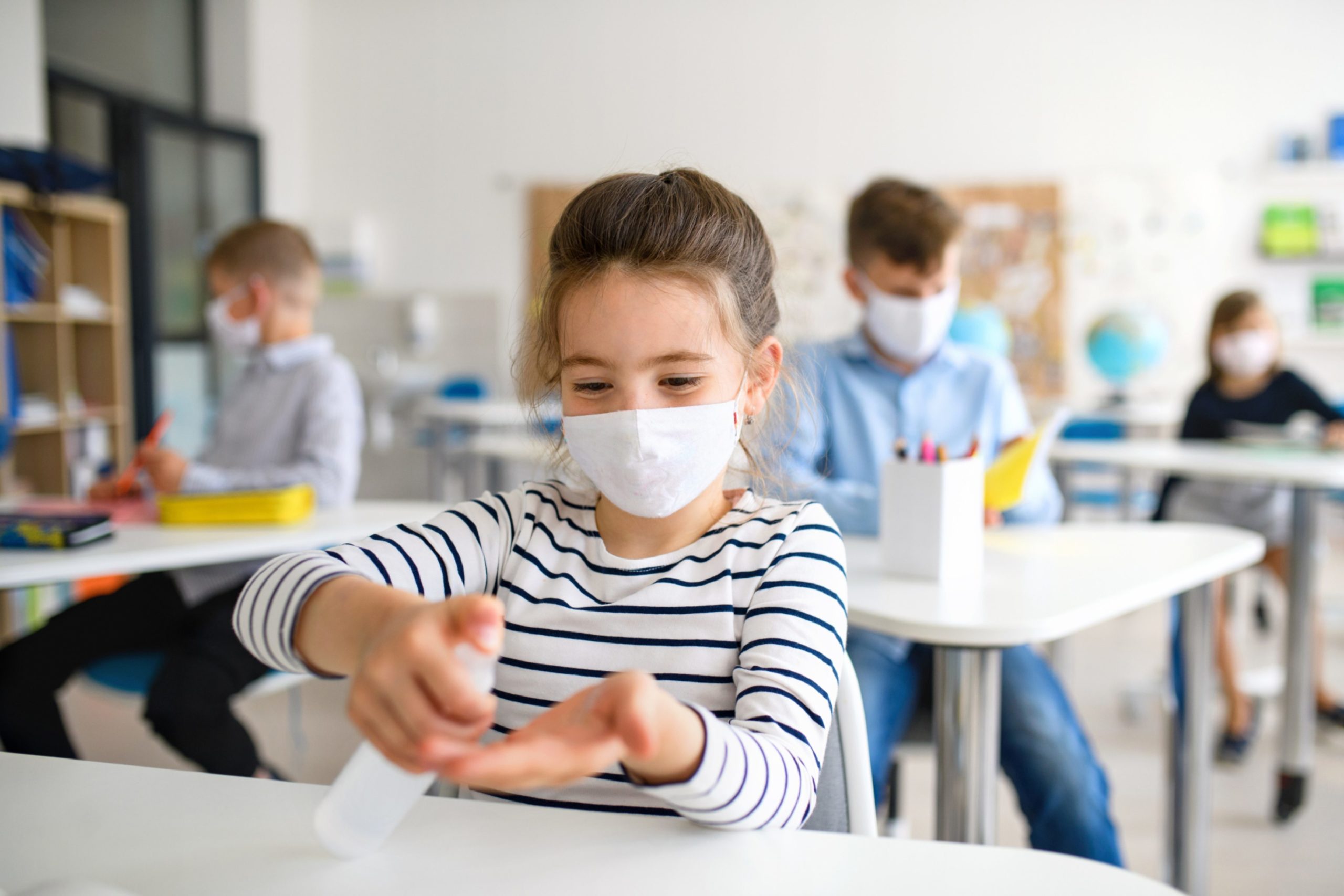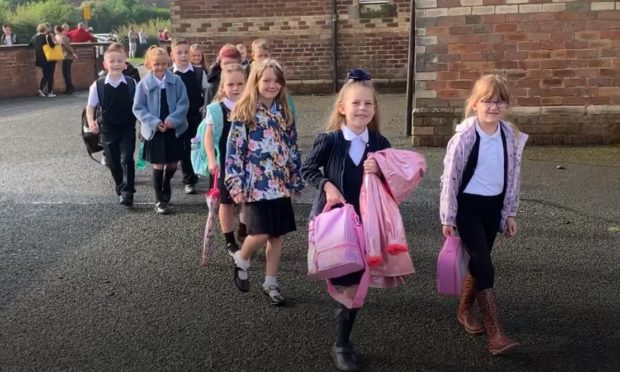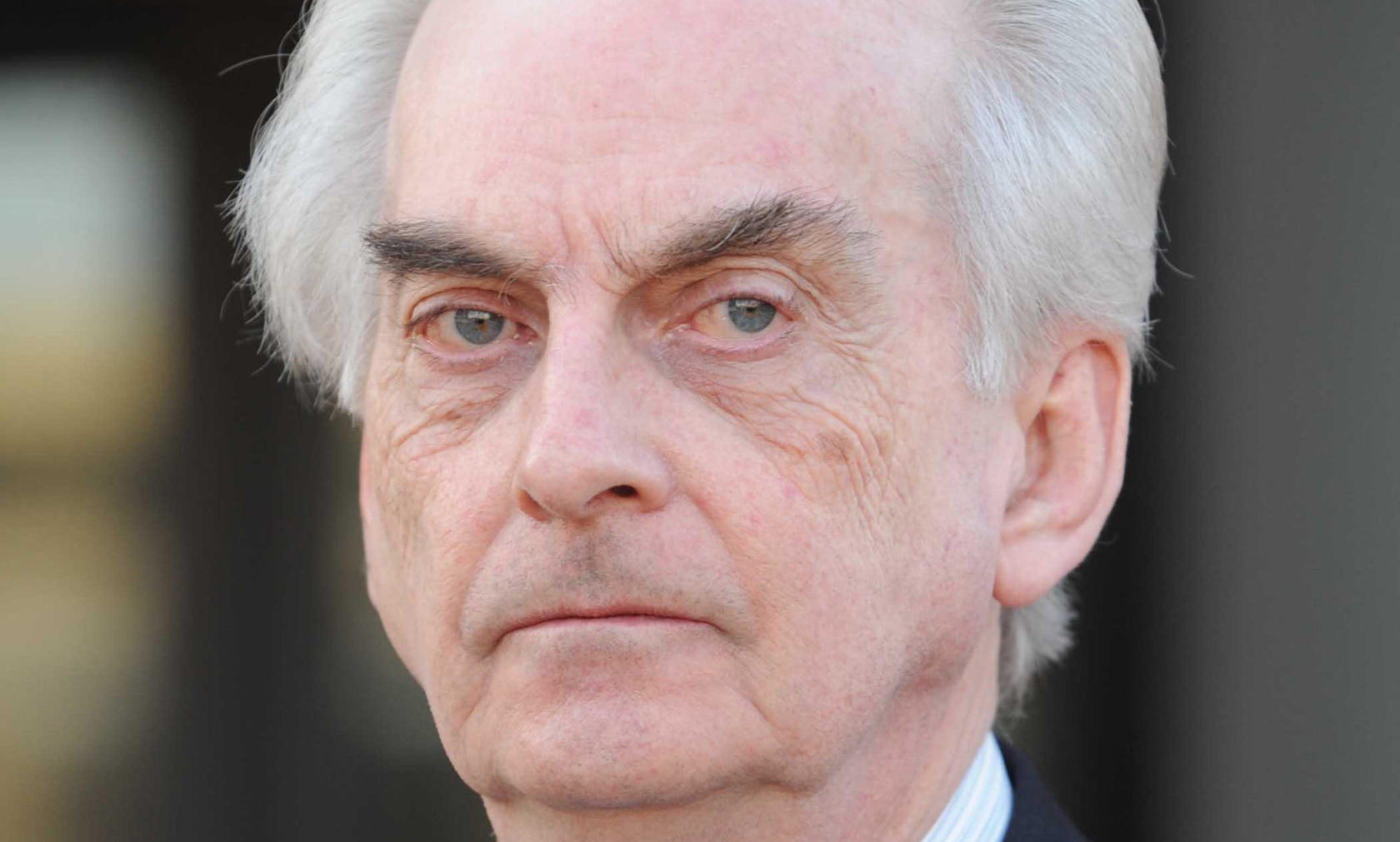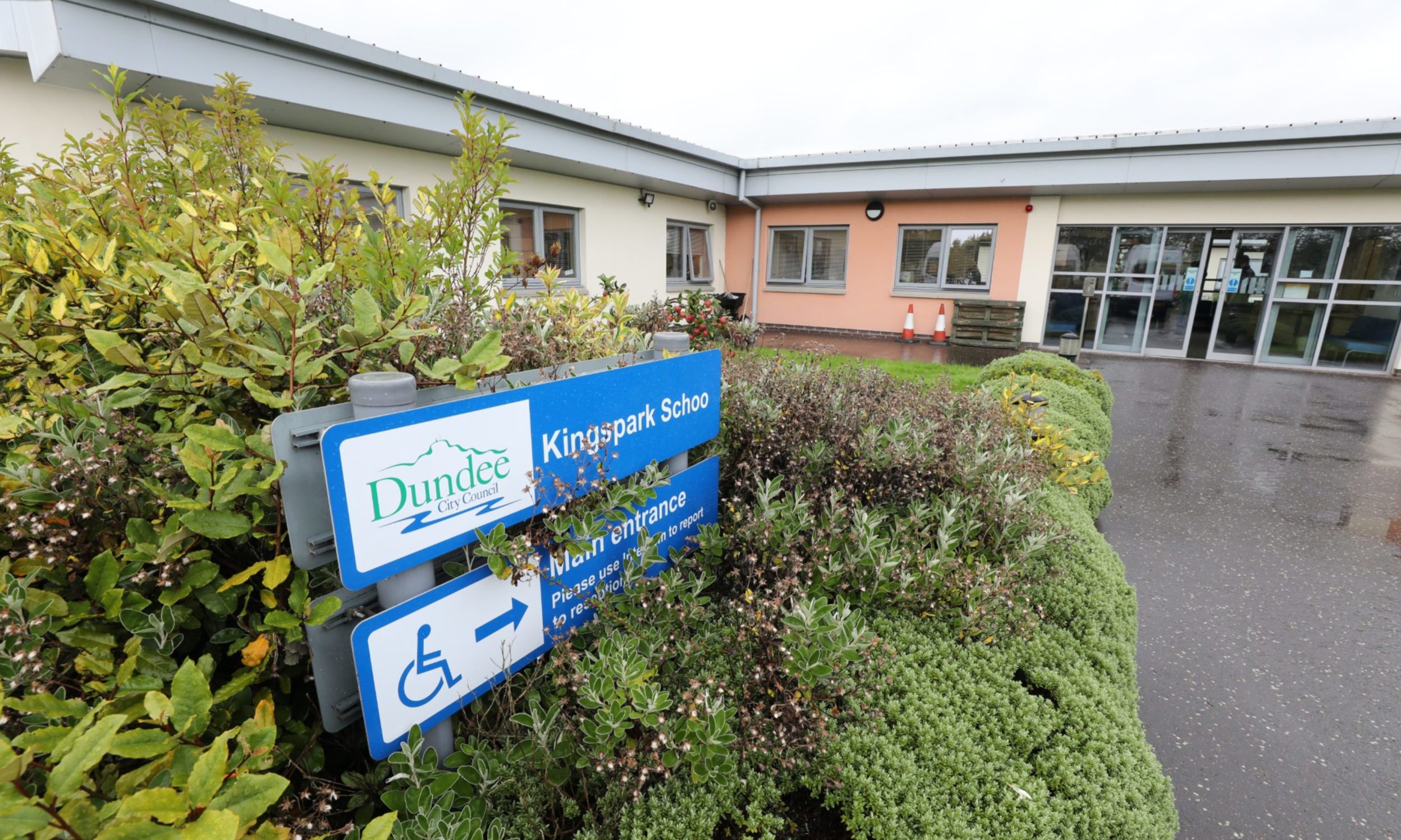Schools reopened in Scotland just over a fortnight ago, on the scientific advice coronavirus was suppressed so it was safe to do so.
But just days after pupils went back to class cases of Covid-19 among schoolchildren began to emerge.
A larger outbreak of 36 cases connected with Kingspark School, in Dundee, which caters for children with additional support needs, has affected 22 adult staff and three pupils.
There are also school cases in Lanarkshire, Greater Glasgow and Clyde, Lothian, Aberdeen, Inverness and Selkirk.
So far, it is not thought there has been transmission among pupils and the cases are said by the Scottish Government to be community clusters affecting schools rather than school-based clusters.
We asked diseases expert microbiologist Hugh Pennington, emeritus professor at Aberdeen University, for his answers to the key questions around coronavirus and schools.
How safe is it for pupils and teachers to return to school?
Reasonably safe, so long as Test and Protect, the contact tracing system, is really ready to jump in if there’s the slightest hint of anything. It would also be preferable if there was some on-the-spot, random testing. That would give a bit of confidence to teachers, parents and pupils that there wasn’t something going on under the radar. We know that this virus can infect people without showing any signs at all.
A good deal depends on the level of virus in the community and the lower that is the less likelihood there is of it getting into schools and causing problems. In Scotland we looked as though we were doing very well, many health boards were having no new cases on a daily basis and if they were having it was a very small number.
Schools, unlike with flu, don’t seem to be incubators for the virus.”
The judgement made at that time was we got down to really low levels so there really wasn’t an issue in schools because schools, unlike with flu, don’t seem to be incubators for the virus. In flu pandemics we’ve seen this as a standard, where the virus comes in in the summer, it hangs around and really takes off when the schools open because the schools are this kind of amplifier of cases. That certainly doesn’t seem to have happened with this virus, it just doesn’t behave like that.
There’s really good scientific evidence that the younger you are the less likely you are to catch it and the less likely you are to pass it on to anyone else. The risk doesn’t start to get appreciable and measurable until you are just about at the end of your school years. Teenagers are getting to the point where, yes, they are better at catching it and more likely to pass it on, but the primary school kids, definitely not. There’s a very strong relationship between age and the ability of the virus to cause infection, the ability of the virus to spread from somebody who has caught it and the mischief it can cause. Young kids basically don’t turn a hair when they get infected.
You can almost kick that into touch and say it’s not really an issue, unless the virus is really on the rampage in the community, which it isn’t, of course.
The older the kids get, getting towards their late teens, they are getting towards the point where they are more likely to catch it and are more likely to spread it to their peers and to adults. Most of those cases that have been written up in the literature are older teenagers catching it from adults rather than catching it from their peers.
Of course, in schools you could say looking the age of the people in a school the dangerous place to be if there is one in schools, and there doesn’t seem to be one of any consequence, is the staff room.
The educational experience is so important and they (pupils) haven’t been having that. The downside of not having it is far greater than the possible spread of the virus in schools, which is not going to do the kids any harm. The problem is they might take it home and infect, particularly anybody over 60, who are much more likely to have any pneumonia-type complication that drives them into hospital. Even then the evidence for that happening is poor.
Why has Kingspark School had so many cases?
Most of the cases are in the adults associated with the school and presumably they have a very high staff-student ratio there because of the nature of the pupils. So, good staff levels, presumably staff meeting up and so on. Whether they have been socially distancing in the staff room would not be for me to say because I don’t know. There may be some special factors there which account for that sizeable number of cases in this school.
One has to be very careful about drawing parallels with the flu because this virus is not the flu, it is very different in many ways, but we know that with flu children with special needs, particularly learning difficulties and that kind of thing, are more susceptible to getting complications. I haven’t seen very much evidence of that with Covid, but clearly one wants to be a bit careful about exposing children if they have any particular problems of that nature, because they are not going to be able to do social distancing themselves. You take that ounce of extra care with those kids on the off-chance that they might be more susceptible to not necessarily life threatening but more severe infection than other kids.
Where there are cases in schools is it likely numbers will remain low?
The expectation is there will be a handful of cases. A lot will depend on what the response to that is. Do you close the whole school or do you close a part? It depends on the geography of the school, the links between the pupils and whether they been mixing. That will be where the local incident management team will come in and look at the particular circumstances to decide what they should do about it. If there was an odd case here and an odd case there and they weren’t linked at all and you could say they probably got it from friends outside the school and you did contact tracing of all the peers in the class you wouldn’t need to close the school.
On the other hand, if it was a larger number of cases you might decide to do that to be on the safe side, but closing the school, of course, has a big impact.
Taking everything into account, pubs are far, far more dangerous places to be than a school.”
I wouldn’t expect to see massive big outbreaks in schools of the sort where the school closes not to prevent infection but because so many kids are off sick. This is not what one would expect with this virus because many of the kids if they got infected they wouldn’t really be ill, they would just be testing positive.
Schools are a special case in that they do seem to be protected because of the age of the people in them. Teachers are obviously worried about catching it from the kids but they should be worried about catching it from other teachers and also in the community. You’ve seen this with healthcare workers. Many healthcare workers who have got infected have not got infected at work but in the community.
I would expect the incident management teams to really throw the book at a school just to be on the safe side because people seem to have been so worried. Taking everything into account, pubs are far, far more dangerous places to be than a school.
Should there be a standard response when a case is detected in school?
That would be down to the incident management team. You would have to find out as much as you can as quickly as you can before taking any big action. There may be a rule of thumb where you have two pupils in a class you send the whole class home but that’s a difficult decision.
I’ve been saying all along, although I’m not a policy-maker, you have to take a risk opening the schools. You can’t say there will never be any cases but if you keep the schools shut the damage that’s done to the pupils is enormous.
There has to be a point where you do a trade-off, where you say ‘we can live with a case in that class, we have no evidence of any spread from that case to any of the other children in the class’, you probably do a clean – although I’m not convinced that’s terribly important, but you do that to show you are doing something. You test the teachers and you keep a very sharp eye on other pupils in the class, and perhaps test them every four or five days just to be absolutely certain nothing was creeping along under the radar.
You have to take a risk opening the schools. You can’t say there will never be any cases but if you keep the schools shut the damage that’s done to the pupils is enormous.”
The key to reassuring people and keeping a really close watch on what is happening is testing. You test everything in sight and that would give everybody confidence, because most of the tests are going to come back negative, nearly all of them.
Are we likely to get more coughs and colds because people haven’t been exposed to common bugs during lockdown?
No, the evidence from Australia, where they are just coming out of their winter, is they have had less flu than they would have expected. The evidence is there is less of these respiratory infections there because of precautions, wearing of masks, hand sanitising. Social distancing has been the main thing. Viruses are having a harder time getting about.
There’s worry, almost panic in some quarters, that we are going to have a terrible winter if we have flu on top of Covid. One can’t say that won’t happen but all the evidence so far suggests that it’s not going to be like that, effectively the other way round. We are going to have a quieter winter from all these coughs and sneezes because of all the social distancing. But we don’t know, we haven’t been here before. The second commonest cold virus is a coronavirus.
How do parents and schools make the judgement call between what are cold symptoms and what are Covid-19 symptoms?
You use your normal common sense. Do you keep your kid off school because they have a slightly runny nose? No. A runny nose is not a symptom of Covid. If you have red eyes that’s not a symptom of Covid either. Clearly, if they have Covid-like symptoms, the persistent cough that’s not going away, a fever or the loss of taste or smell, you would ask for a test.
What do you think of the policy on face masks and distancing in schools?
I think there’s a slight irrationality about face masks. The scientific evidence about face masks is they are not particularly useful for protecting anybody that is wearing them. They do give you some protection but the protection is tiny. On the other hand, if you’ve got the virus and you are wearing a face mask you are less likely to spread it to somebody else because the mask will catch the snot and the droplets. If you’ve got a cough you shouldn’t be out wearing a mask, you should be home awaiting the results of a test.
Masks have become a be all and end all almost and I am of the view that under some circumstances they might be harmful because people are fiddling with them. They are more likely to get their nasal secretions on their hands.
Primary kids certainly don’t need to wear masks. The one group of people where masks would be more important would be the teachers but how you run a class wearing a mask I just don’t know. You’re not going to be breathing all over the children you are going to be at the head of the class socially distancing anyway.

Wearing masks in shops is to protect the workers in the shops being constantly exposed to people, one or two who might be carrying the virus, so that’s fair enough. There’s an argument there in a shop because of the endless stream of people coming through. Even if there is social distancing of customers, they are still exposing the staff in the shops to the virus, although I haven’t heard of any outbreaks in shops.
I think wearing masks in schools is tricky. For the older pupils it’s marginal, very marginal whether that would bring any benefit or not. In their final year at school you could make a case, it depends what they are doing, how socially distanced they are.
We’ve seen some senior pupils without face masks and distancing when visiting shops at lunchtime. Is this a problem?
If they rules say they have to wear a mask when they go into a shop they have to wear a mask to go to the shop, it’s as simple as that. Outside there is far less likelihood of the virus spreading, in the playground, for example, than inside. There’s about a 20 times increase in risk inside compared to outside, although that depends on the size of the room, ventilation.
I wouldn’t put all the weight on masks as the most important thing to worry about, it’s more important from the government’s point of view to be focusing on contact tracing and making sure that is really running full blast, and some speculative testing to reassure everybody. I’d like to see that sort of programme rolling out, I don’t think there’s been enough emphasis on that.
For those who were shielding how safe is it to be back at school?
Shielding has been paused so they obviously reckon the risk is now low enough not to worry about it. Up to a point that’s a personal judgement because it depends on why you were shielding, what condition you have. I don’t think people who were shielding, the vast majority, should worry about going back to school, the risk is very, very low.
The most important risk factors are obesity, apart from age. I don’t know how many teachers there will be over 60 but not many. Another one is diabetes. There will be a lot more teachers with diabetes, who manage it very well I’m sure, they have to make a decision.
I don’t think people who were shielding, the vast majority, should worry about going back to school, the risk is very, very low.”
On the other hand, if the school is coping very well, there are no cases in the school, contact tracing is good enough for them to be absolutely sure that if there was a case it would be picked up PDQ [pretty damn quick], I don’t see any reason why someone with those risk factors should be unduly worried. No doubt some will be.
My hope is that the virus levels will move after these unfortunate incidents in the 2 Sisters and Aberdeen and such like. There’s no evidence that he virus is spreading in schools.
Schools have banned singing. Is that necessary?
Oh yes, absolutely. There was a classic outbreak in Washington state, in the US, in a choir practice where nearly everybody got infected because somebody had come who had symptoms. They infected 80% of the choir members in two and a half hours.
Any kind of loud shouting, singing helps the virus to get about. To be on the safe side if they did any singing at all it would have to be small numbers outside but not the bog standard, large choir group inside, particularly in a small auditorium.
Any kind of loud shouting, singing helps the virus to get about.”
The same applies to any very vigorous physical activities inside. We know that there have been outbreaks associated with that kind of thing as well. There was a well written up outbreak in South Korea to do with Zumba dancing. Pilates is all right but Zumba isn’t! It’s the heavy breathing that is the factor. It’s common sense, if you have the virus in your throat and the back of your nose you are more likely to pump out more of it.












